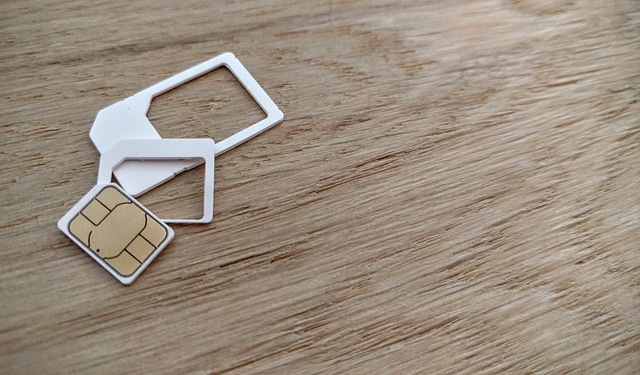 IT major Ericsson has revealed that it was working in tandem with Sprint and Softbank in the field of an integrated UICC, which is essentially an embedded SIM card, to help Internet of Things (IoT) developers face the challenge of different IoT deployments and realisations. To cut a tech story short, it means developing a SIM card for IoT.
IT major Ericsson has revealed that it was working in tandem with Sprint and Softbank in the field of an integrated UICC, which is essentially an embedded SIM card, to help Internet of Things (IoT) developers face the challenge of different IoT deployments and realisations. To cut a tech story short, it means developing a SIM card for IoT.
At Ericsson, they have clubbed together the embedded SIM card (eUICC) and related terms into one common term, “xUICC”.
In the blog post, Takenori Kobayashi, Vice President, Head of Device Technology Division at SoftBank Corp, is quoted as saying, “We expect this technology will be one solution for issues with IoT devices, especially those that need to optimise data volumes using NB-IoT. We also believe this technology will stimulate the IoT business by becoming a global standard in the future.”
The goal of the teams at Ericsson working to further optimise the SIM solution for IoT devices is to eventually develop “a simplified SIM solution” that will help networks to scale for the billions of devices that will hit the market in the coming years.
Ericsson’s own research has revealed that by 2024, there will be over 22 billion connected IoT devices. All of these must remain connected to deliver sensor data or act upon commands from remote locations. And, all of this has to be done securely, which means secure identities are required to securely identify these devices, their data, and protect them from misuse by remote attacks.
The current SIMs in use have obvious drawbacks: they have to be manually changed when changing operators, not to talk of the logistics costs of handling such SIMs.
On the other hand, the embedded SIM (eSIM) technology allows remote provisioning of subscriber credentials.
This technology is already in use today. It relies on an embedded UICC (eUICC), which is a dedicated chip soldered into the device during manufacturing. An eUICC is smaller than a SIM card and does not require a card reader, but the cost of using eUICC may still be too high for low-cost constrained IoT devices. That’s why Ericsson and its partners are looking at optimising the SIM solution for IoT devices; making it more simplified so that the solution can then enable networks to scale for the billions of connected devices.
Ricky Singh, Chief of Products and Solutions, IoT at Sprint, was quoted as saying:
Sprint and Ericsson are continuing to work hand-in-hand to provide our customers a wider choice of secure connectivity options. eUICC and iSIM can provide our customers seamless global connectivity for IoT solutions while managing them easily using the self-service management capabilities of Sprint Curiosity OS.
Advantages of such a SIM card for IoT
Ericsson says in order to cut the cost of a device, a SIM implementation optimised for low-cost constrained IoT shall “only include the bare minimum functionality such as network access authentication and download of new subscriber credentials, a so-called SIM profile.”
This will allow SIM profile packages downloaded to IoT devices to be reduced from several tens of kilobytes today to less than 200 bytes, while still containing the necessary data according to standardised formats.
The use of small profile packages saves costs in the device, independently of the xUICC realisation, in terms of storage, transmission power, and has an increased transfer reliability compared to large profile packages, said Ericsson.
Content Credit: Ericsson Blog
